Luckily, South America is full of them.
Machu Picchu. Iguazu Falls. Perito Moreno Glacier. The Salar de Uyuni. Pillars of South American travel. When researching a trip to South America, one would be hard-pressed not to find tons of information about these landmarks. And with good reason. They are all amazing places that stand out as marvels of the world. When people travel, these are the types of treasures that trips are built around. They become cornerstones of a trip.
There are many unexpected treasures in a continent as big as South America, but the focus here is going to be on five in particular. These five span the continent from north to south and from east to west. From a gorgeous, mystical place like Monasterio de Santa Catalina in Arequipa, Peru, to the “other three days” of the Salar de Uyuni tour in Bolivia, these five unexpected treasures of South America are sure to fill your memory card with beautiful photos and your blog with amazing stories you never thought you’d tell.
Zona Cafetera, Colombia
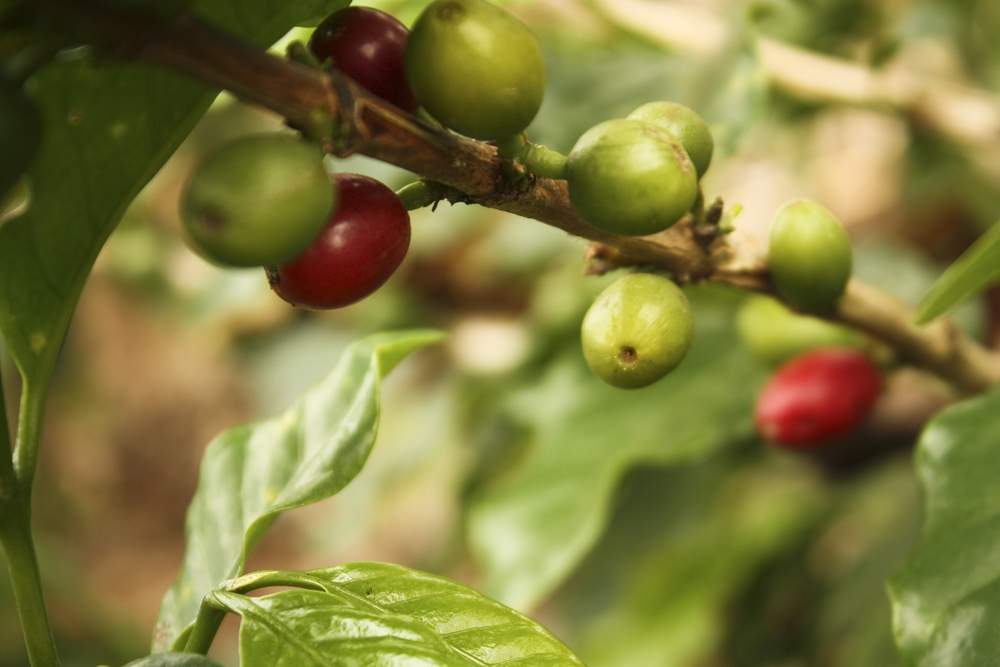
One could argue that the entire country of Colombia is an unexpected treasure, but one place in particular sticks out as something that isn’t talked or written about much. If you enjoy sipping coffee while lounging around a pool and deck surrounded by lush, rolling hills filled with coffee plantations, bamboo, plantain, banana trees, and bright, vibrant flowers and plants, then Zona Cafetera – or the loosely translated Coffee Country – is a place you may want to add on a visit to Colombia.
The area known as coffee country is in central Colombia, about 7-8 hours west of Bogota, or about 6 hours south of Medellin, both by bus (Zona Cafetera cannot be reached directly by plane). The scenery on the ride from both cities is very nice, but the route from Medellin is breathtaking. Before arriving in coffee country, it’s probably a good idea to find a place to stay – and that place should most definitely be a “finca,” or coffee plantation.
There are many great aspects of staying on a finca, not least of which is the fair price that most charge. Tours of the plantations, all the coffee you could ever want to drink, three meals a day, a pool, and being treated as part of someone’s family are included perks at most fincas. Fitting in a few days of rest and relaxation at a finca in Zona Cafetera is a welcome change of scenery and pace if you’re coming from either of the big cities of Medellin or Bogota.
Search for cheap hostels in Colombia and discover why you should ignore everything you’ve heard and go to Colombia
Monasterio de Santa Catalina, Arequipa, Peru
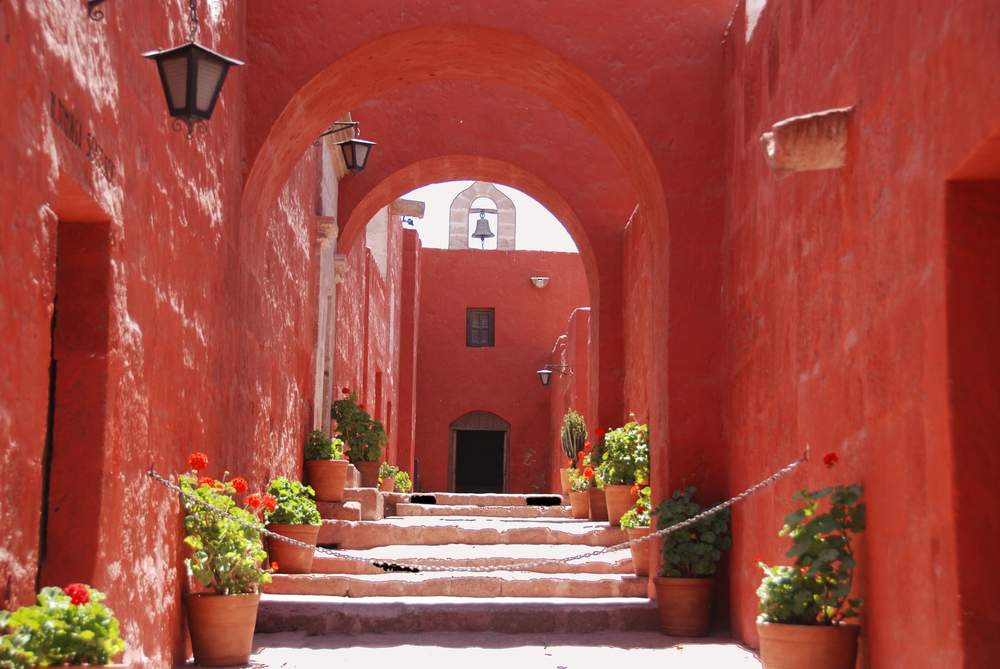
We first arrived in Arequipa, Peru planning on hiking Colca Canyon. While the hike was amazing, the real standout during our time in Arequipa was a visit Monasterio de Santa Catalina. We almost skipped it as it was a little pricey for our budget (considering it’s an historical building), but boy are we glad we decided to buck up for it.
You can’t miss Monasterio de Santa Catalina, as it is a walled city within a city. Santa Catalina is actually a convent located right smack in the middle of Arequipa. It was founded in 1579, and only the nuns who lived there ever saw the inside of the walls until it was opened to the public in 1970. Once inside, it is a marvel to see and explore.
The convent is open during the day and also at least one night during the week. Going at night gives you a completely different perspective and adds to the mysticism of the entire complex, so if you’re in Arequipa on a night when it’s open, take advantage.
Arequipa is in southern Peru and can be easily reached by bus from Lima, Cusco, Puno, or even from northern Chile if you’re coming from the south. There is also an airport in Arequipa, so flying is an option if you’re not up for an overnight Peruvian bus ride (most Peruvian buses are actually really comfortable and affordable, so don’t write off a 15-hour bus ride immediately).
Look for cheap flights to Peru and check out tips for indie travel experiences in Peru.
Coroico, Bolivia
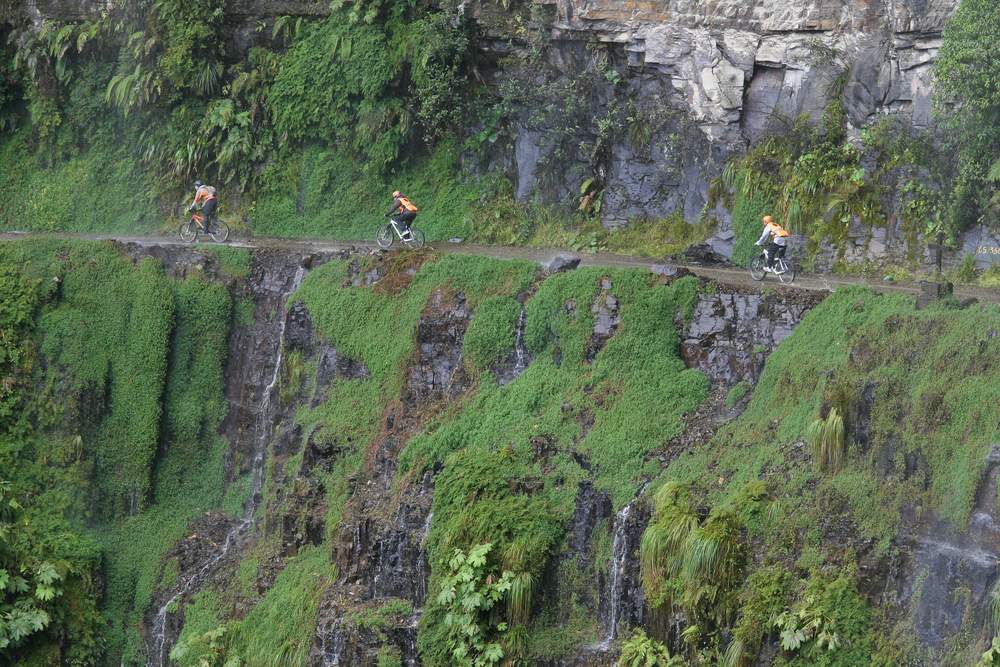
If you’ve ever researched a trip to Bolivia, you’ve no doubt read about the World’s Most Dangerous Road bike ride out of the capital, La Paz. After spending pages reading about this thrilling bike ride in your guidebook, there will most likely be a short paragraph or two about a small town named Coroico that you can visit after the ride. Most guidebooks don’t say much about this charming little place to unwind, though.
If you do decide to tackle the bike ride, you’ll pass the town without even knowing it. After completing the ride, most companies feed you and then throw you on a bus back to La Paz, about 4 hours away. But you just came from La Paz, so why not have your company call a taxi for you and head back up the mountain to Coroico?
>> Look for Bolivia adventure tours find out why you might want to add Bolivia to your long-term trip.
“The other three days,” Salar de Uyuni Tour, Bolivia
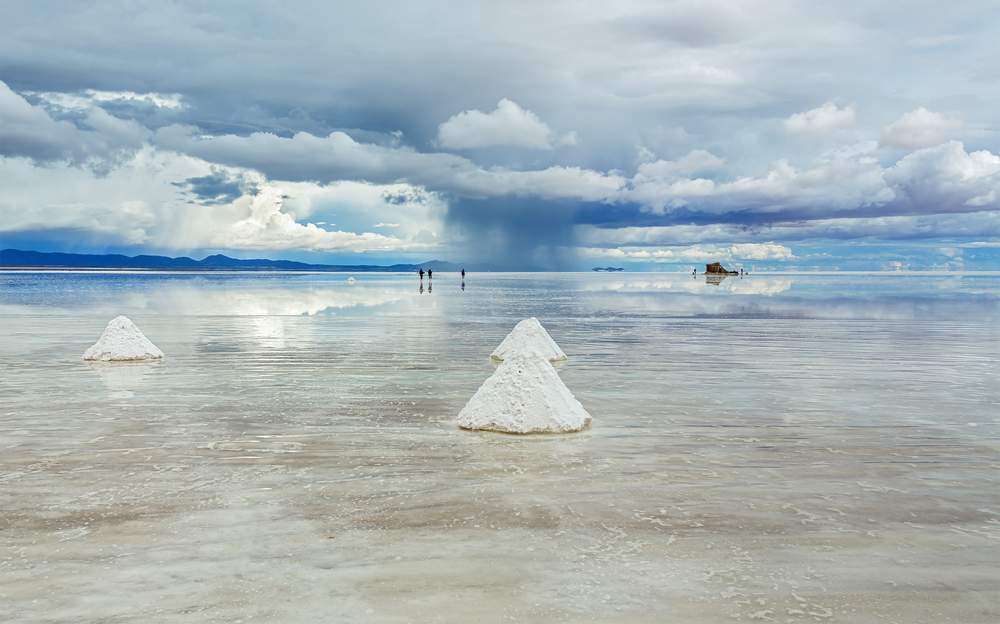
One of those cornerstones of a trip to South America is taking a tour of the Salar de Uyuni in southwestern Bolivia. There are many options when taking the Salt Flats tour, such as where you start (Uyuni, Tupiza, or northern Chile) and how many days you take (most take 3 or 4). Let’s back up a little, though. First, the tour name is a little misleading, as when we went on the Salt Flats Tour, we didn’t even see the famous salt flats until the morning of our fourth day. It would be more accurate to describe this as a tour of southwest Bolivia.
Find cheap flights to La Paz and read more about the Salar de Uyuni tour
Cafayate, Argentina
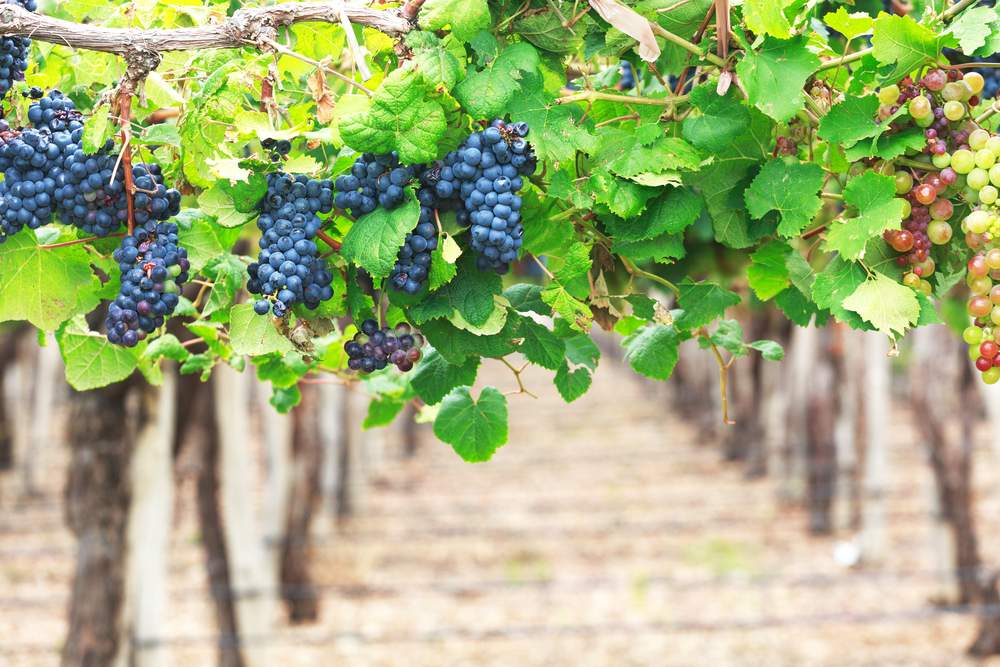
If we were playing a word association game, and I said the words “wine” and “Argentina,” chances are you would say Mendoza. Now that’s a damn fine answer, but if I was asked this very same question, I would have to say Cafayate. While many visitors to northwestern Argentina may hit up Cafayate in a day trip as part of their time in Salta, I think it deserves a much more thorough exploration. It is only about 3.5 hours south of Salta, which is the best way to get there. Salta can be reached by bus or plane from most major cities in the central and northern parts of Argentina.
Cafayate has many things to keep travelers occupied for days. Plenty of affordable hostels to stay in (some with pools), great restaurants clustered around the main square and up and down the quaint little side streets, a short trip out of town to the Quebrada de las Flechas to see sand dunes, gorges, and dramatic, differing colored rock formations, and – of course – the wineries.
If you really want to do it right, the way the locals do it, then you have to rent a bike for the day (or days) to tour the various wineries. Touring the wineries both in the city and surrounding countryside by bicycle is a great way to spend a day or two.
Search for cheap flights to Argentina and discover eight reasons to go to Argentina now
Find Your Own Unexpected Treasures
Read more about travel in South America:
- How to Get Around Visa Fees in South America
- 10 Places in South America to Escape the Northern Winter
- Wine Tasting in South America: Where to Go and What to Try
- Experiences Not to Miss in Bolivia
- Traditional Markets in Latin America: A Guide for First Time Shoppers
- The Incredible National Parks of South America
- Check out HostelTrail for South American hostels
Photo credits: Janaka Dharmasena , sunsinger , Vadim Petrakov , Steffen Foerster , meunierd , Toniflap